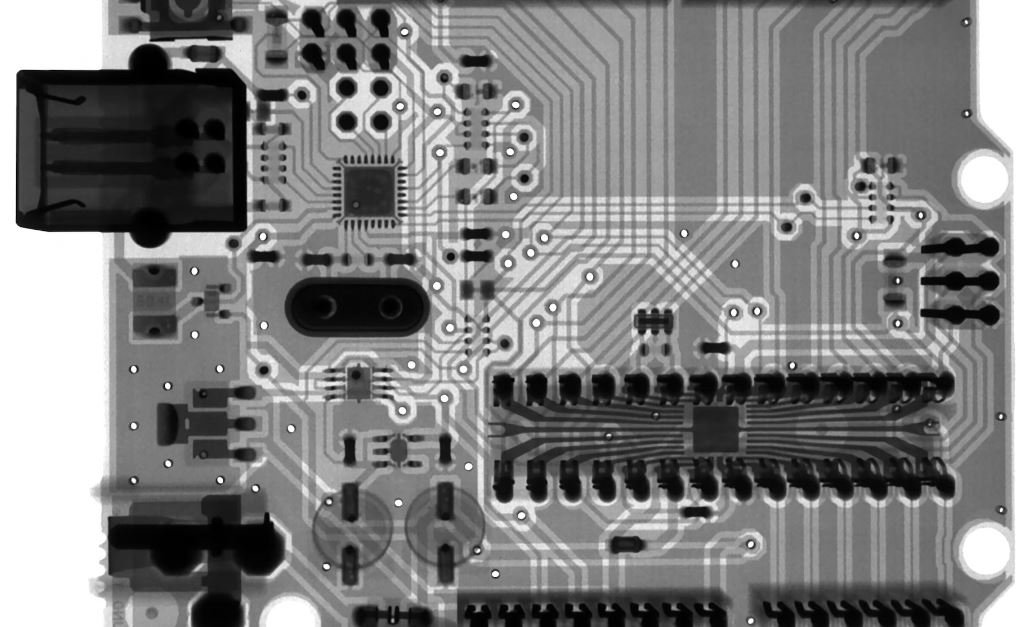Article: Quotations or Italics
Using proper punctuation and formatting is essential in writing. When it comes to indicating titles of works, such as books, articles, and songs, you may wonder whether to use quotation marks or italics. This guide will provide you with clarity on when to use each format.
Key Takeaways:
- Titles of longer works, such as books or movies, should be italicized.
- Shorter works, including articles, short stories, and songs, should be enclosed in quotation marks.
- If you’re writing a blog post or article, it’s important to use consistent formatting throughout.
When it comes to italicizing titles, the general rule is to use italics for longer works. This includes books, movies, magazines, and newspapers. For example:
- The Great Gatsby
- Star Wars: A New Hope
- National Geographic
- The New York Times
On the other hand, quotation marks should be used for shorter works such as articles or essays, short stories, poems, and songs. For instance:
- “The Rime of the Ancient Mariner”
- “Mending Wall”
- “The Times They Are a-Changin'”
- “How to Make a Grilled Cheese Sandwich”
Why the distinction? It helps to differentiate between the whole and the parts. Longer works consist of shorter components, so using italics makes it clear that you are referring to the whole work, while quotation marks indicate specific parts of a work. This convention facilitates clear communication and avoids confusion.
| Works | Formatting |
|---|---|
| Harry Potter and the Philosopher’s Stone (book) | Italicize |
| The Shawshank Redemption (movie) | Italicize |
| National Geographic (magazine) | Italicize |
| Works | Formatting |
|---|---|
| “The Raven” (poem) | Quotation Marks |
| “To Kill a Mockingbird” (book) | Quotation Marks |
| “Bohemian Rhapsody” (song) | Quotation Marks |
Remember, consistency is key! If you’re writing a blog post or article, make sure to use the same formatting style throughout the text. This ensures a professional and polished appearance to your writing.
Ultimately, understanding the distinction between when to use italics versus quotation marks can improve the overall clarity and readability of your writing, making it easier for readers to follow along and understand the titles and references you are using.
Final Thoughts
Properly formatting titles can enhance the quality of your writing and indicate your attention to detail. Whether it’s a book, article, or poem, utilizing the correct punctuation and styling is essential in conveying your message effectively.
Common Misconceptions
Paragraph 1
One common misconception about using article quotations or italics is that they are interchangeable. While both can be used to emphasize or distinguish a specific article from the rest of the text, they serve different purposes. Quotations are typically used to denote the title of a shorter work, such as an article or a poem, while italics are used for longer works, such as books or journals.
- Quotations and italics are used for different types of works.
- Quotations are for shorter works, while italics are for longer works.
- Using the wrong format can lead to confusion or misinterpretation of the intended meaning.
Paragraph 2
Another misconception is that article quotations or italics are used solely for highlighting titles. While titles are commonly emphasized, these formatting options can also be used to indicate foreign words, technical terms, or the names of ships, movies, or TV shows. Quotations or italics allow readers to easily identify and comprehend these specific elements within the text.
- Quotations and italics can be used for more than just titles.
- They are also used for foreign words, technical terms, or specific names.
- Using quotation marks or italics improves readability and understanding.
Paragraph 3
A misconception often arises when it comes to citing quotations or italics within the body of the text. Some people believe that proper citation or formatting is not necessary for short quotes or titles. However, regardless of the length or significance, correctly citing and formatting the quotations or italics is essential for maintaining academic integrity and giving credit to the original source.
- Proper citation is important regardless of the length or significance of the quote.
- Correct formatting acknowledges the original source and maintains academic credibility.
- Failure to cite or format quotations properly can lead to plagiarism or misappropriation of ideas.
Paragraph 4
Some individuals assume that article quotations or italics are outdated and unnecessary in today’s digital age. With the rise of online writing and social media platforms, it is true that formatting options may be limited or different on certain platforms. However, in professional or academic settings, adhering to the standard conventions of using article quotations or italics remains crucial to ensure clarity, consistency, and professionalism in written communication.
- Formatting options may vary on different platforms, but they are still important in professional and academic contexts.
- Adhering to standard conventions enhances clarity, consistency, and professionalism in writing.
- Ignoring proper formatting can lead to confusion or a lack of credibility in certain contexts.
Paragraph 5
A prevalent misconception surrounding article quotations or italics is that they are only used in written text. However, these formatting options are also applicable in oral presentations or speeches. When presenting information verbally, indicating the use of article quotations or italics can help clarify the distinction between regular text and highlighted elements, enabling the audience to better understand and appreciate the intended message.
- Article quotations or italics can be used in oral presentations or speeches as well.
- They assist in distinguishing between regular text and emphasized elements during verbal communication.
- This enhances the audience’s comprehension and interpretation of the presented information.
The Evolution of Smartphones
Since the release of the first smartphone, they have undergone tremendous advancements in terms of design, features, and performance. This table highlights key milestones in the evolution of smartphones.
Historical Timeline of Space Exploration
Space exploration has always been a fascinating subject, with numerous breakthroughs and missions. This table provides a chronological overview of some of the most significant events in the history of space exploration.
The Most Valuable Companies in the World
In the ever-changing global economy, the value of companies can fluctuate greatly. Check out this table showcasing the top 10 most valuable companies worldwide, based on market capitalization.
Population Growth by Continent
As our world population continues to expand, it is interesting to analyze the growth rates by continent. The following table displays the population growth from 1950 to 2020 for each continent.
Top 10 Highest-Grossing Movies of All Time
Over the years, the film industry has seen record-breaking blockbusters. Here is a table presenting the highest-grossing movies of all time, capturing the immense success achieved by these cinematic masterpieces.
Global Carbon Emissions by Country
Addressing climate change and reducing carbon emissions are crucial global endeavors. This table outlines the top 10 countries based on their carbon emissions, providing insight into the environmental impact of different nations.
World’s Most Spoken Languages
Languages are a fundamental part of human communication, with astonishing diversity from around the world. Explore this table showcasing the top 10 most spoken languages worldwide, along with the approximate number of speakers.
Player Statistics in the FIFA World Cup
The FIFA World Cup is the most-watched sporting event globally and boasts exceptional performances from talented football players. This table presents the top goal scorers and assist leaders in the history of the tournament.
Top 10 Tallest Buildings in the World
Architectural wonders continue to push the limits of what is possible in building design and construction. Mentioned below are the top 10 tallest buildings in the world, displaying mankind’s ever-expanding architectural prowess.
Percentage of Internet Users by Region
The internet has become an integral part of our lives, connecting people across the globe. This table highlights the percentage of internet users by region, illustrating the varying levels of internet penetration worldwide.
From the evolution of smartphones to global population growth, highest-grossing movies to tallest buildings, the aforementioned tables provide captivating data and insights. Whether you are interested in technological advancements, environmental impact, or cultural diversity, these tables offer a glimpse into some fascinating aspects of our world. As we continue to progress, it is essential to appreciate and analyze the data that shapes our understanding of various phenomena.
Frequently Asked Questions
Article Quotations or Italics
What are article quotations?
When should I use article quotations?
How do I properly format article quotations?
Can I use italics instead of quotation marks for article quotations?
Is there a difference between using quotation marks and italics for article quotations?
How can article quotations enhance my writing?
Are there any limitations or considerations when using article quotations?
Should I always provide a full citation for article quotations?
Can I paraphrase article quotations instead of using direct quotes?
Where can I find more information about using article quotations?



